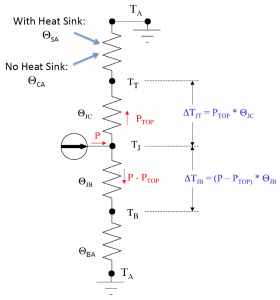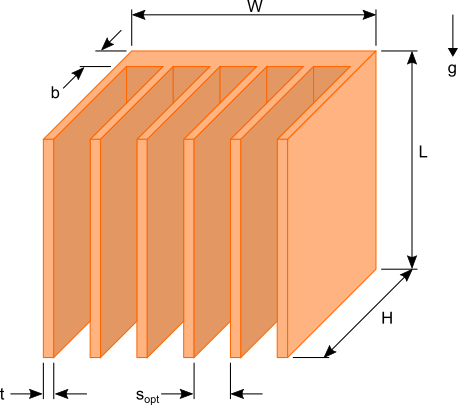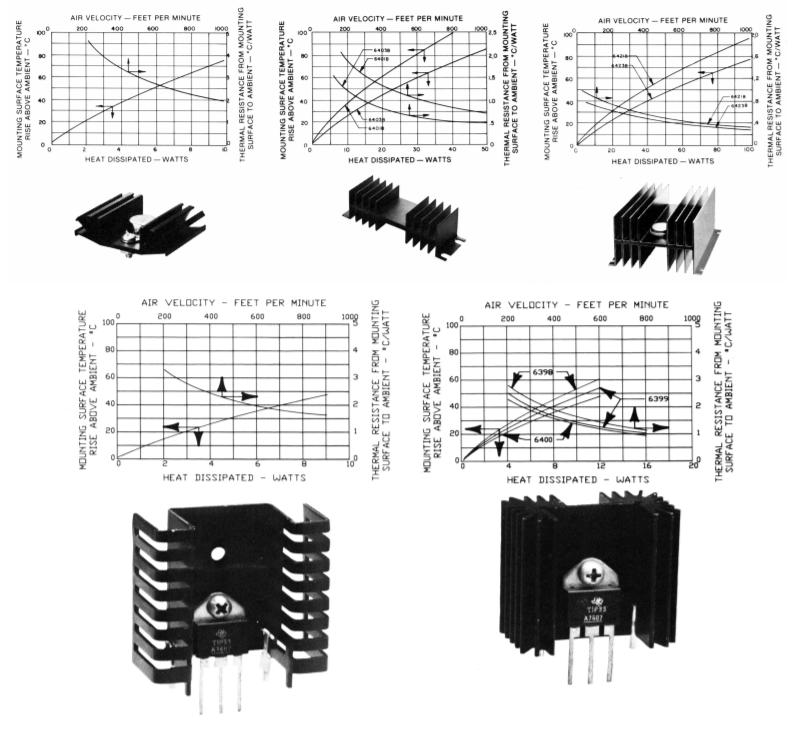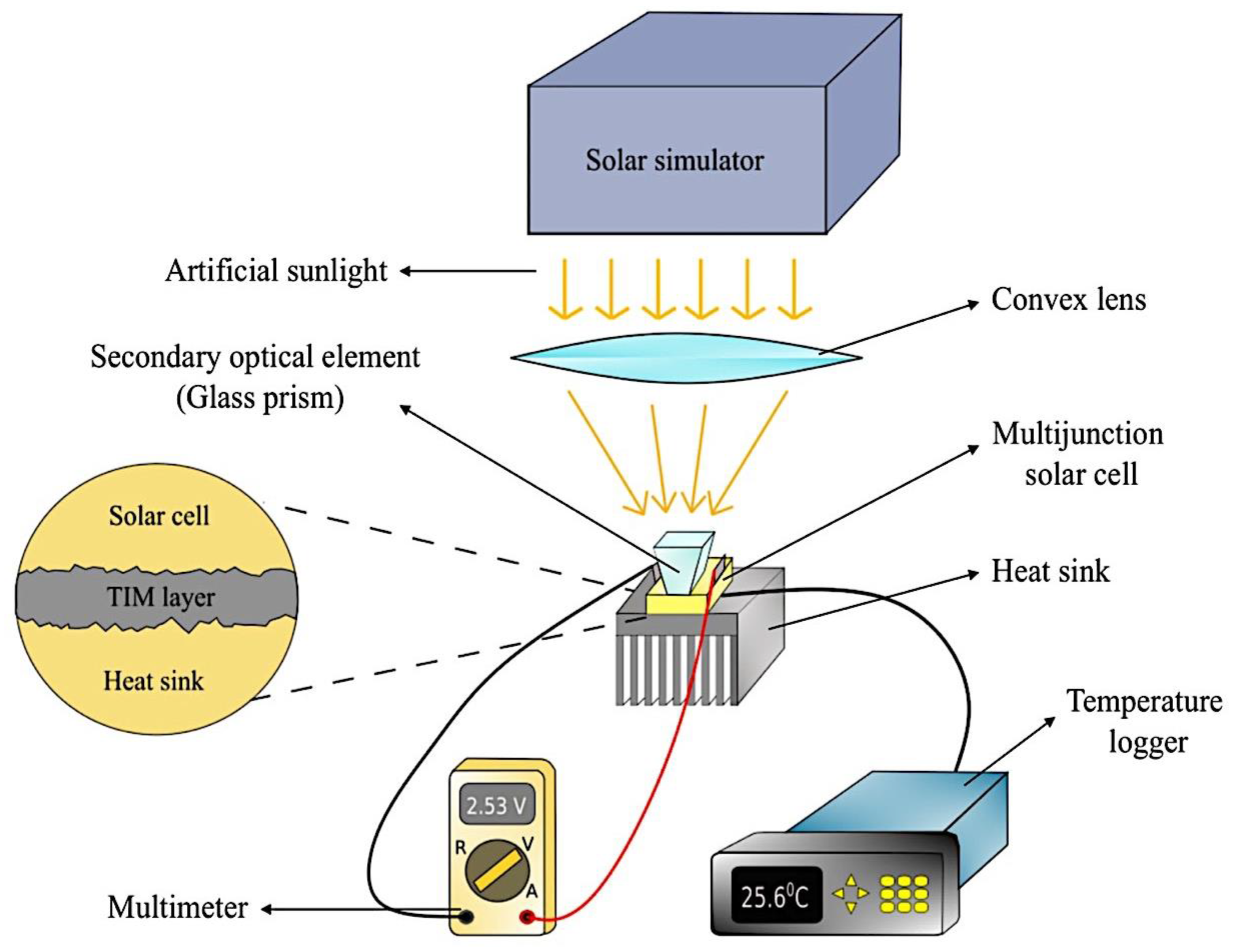With all the parameters on the right side of the r sa expression identified it becomes the required maximum thermal resistance of a heat sink for the application.
Thermal resistance values heatsink.
Thermal resistance is a heat property and a measurement of a temperature difference by which an object or material resists a heat flow thermal resistance is the reciprocal of thermal conductance.
A thermal interface material or mastic aka tim is used to fill the gaps between thermal transfer surfaces such as between microprocessors and heatsinks in order to increase thermal transfer efficiency it has a higher thermal conductivity value in z direction than xy direction.
The following equation is used to calculate r hs the thermal resistance of the heat sink.
Due to recent technological developments and public interest the retail heat.
Absolute thermal resistance r in kelvins per watt k w is a property of a particular component.
To estimate the pcb thermal resistance the board will be elevated off the table to prevent using the table a heatsink.
For example a characteristic of a heat sink.
For the thermal resistances i used the via thermal resistance calculator and approximated the thermal resistance with the vias to be around 4 4 c w using the values from the via calculation tool.
The resistance to heat flow from the junction of the heat generating component through the casing thermal interface material heat sink and finally to environment is represented by the thermal resistance circuit shown in the diagram below.
In other words the thermal resistance value ofa chosen heat sink for the application has to be equal to or less than r sa value for the junction temperature to be maintained at or below the specified t j.














































